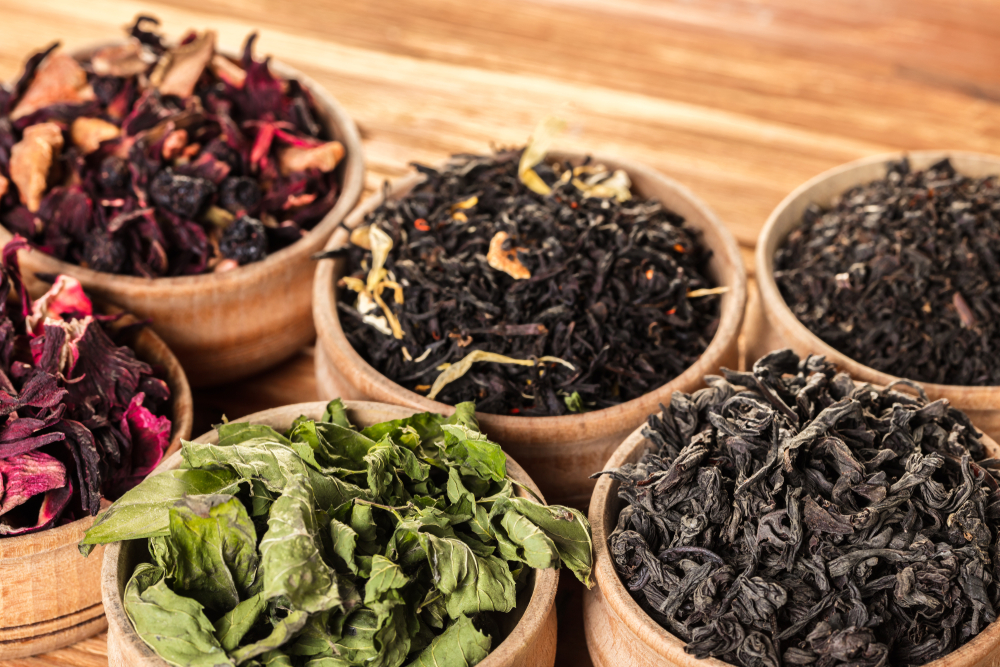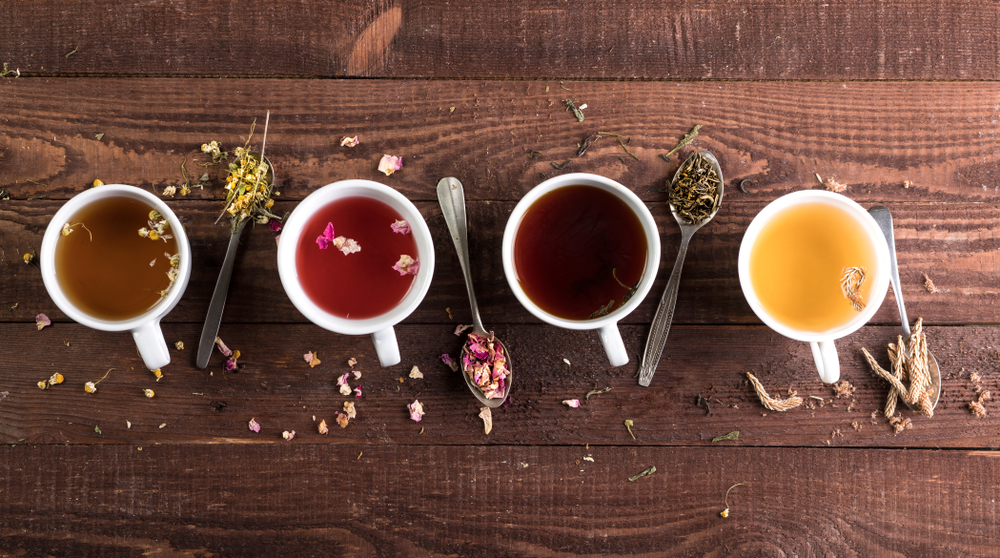Purists know that tea infusion is an art. In Japan, even highly codified rituals accompany the tea ceremony from preparation to tasting. To bring you closer to Japanese excellence and enjoy the subtlest flavors of tea, here are some simple tips to put into practice.
The water
A good tea is above all a good water. Therefore, to get a perfect infusion, it is essential to choose your water carefully. This should be as crystalline as possible. Tea purists therefore recommend using spring water or filtered water. For obvious ecological reasons, the latter option is preferable.
On the other hand, water straight from the tap should be avoided as it contains minerals and chlorine that can give the water a strong taste. At the tasting, this can conflict with the delicate flavors of the tea.
Tea

It seems obvious, but choosing the right tea or infusion is also essential. Organic tea is preferred because the tea leaves cannot be rinsed before consumption. Only tea from organic farming ensures that you do not ingest any pesticides.
It is also recommended to avoid plastic tea bags whose composition leads to the dissolution of plastic microparticles on contact with hot water. If you do opt for tea bags (biodegradable), don’t forget that they can be reused in the garden or at home after use. You can find our tips here.
Temperature
Contrary to popular belief, tea should not be steeped in boiling water. Ideally, the water should not exceed 90 °C. For green tea, we even prefer a slightly lower temperature, around 75°C, so as not to affect the delicate leaves. Refer to the package directions for the exact recommended temperature for your tea.
Indeed, the temperature plays a key role in the balance of flavors of an infusion or a tea. Water that is too hot can burn the leaves, destroy the active ingredients of the tea or make the precious drink bitter.
To regulate the temperature of your water, it is recommended to use a kitchen thermometer or a kettle with an adjustable thermostat. Be careful, if you accidentally bring your water to a boil, it will no longer be suitable for infusion, even after it has cooled. When boiling, the water loses its oxygen, a crucial element for the development of the tea’s aromas during the infusion. It is therefore advisable to look for another application for this boiled water…
The amount of tea

If you buy your tea in bulk, it’s up to you to measure out the perfect amount of tea. The latter will of course have to be adjusted to the size of your teapot or cup. There is generally 2 grams of tea per unit of water (about 15 cl). Which is equivalent to a teaspoon. The larger your container, the more leaves you can add to your infusion.
brewing time
The ultimate secret to perfect tea is time infused. The latter varies depending on the style of tea one chooses. Green tea, strong in taste, indeed needs a shorter infusion time. In most cases you will find the necessary information on the packaging, but if not, here are some guidelines that can help you. Allow between 3 and 5 minutes for a black tea, 2 to 3 minutes for green and white tea and between 4 to 6 minutes for red tea or herbal tea.
You now hold all the cards to concoct the perfect infusion. It’s up to you to decorate it to your taste with a touch of honey or a cloud of milk….